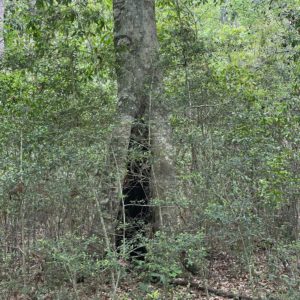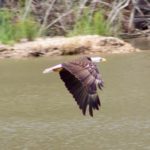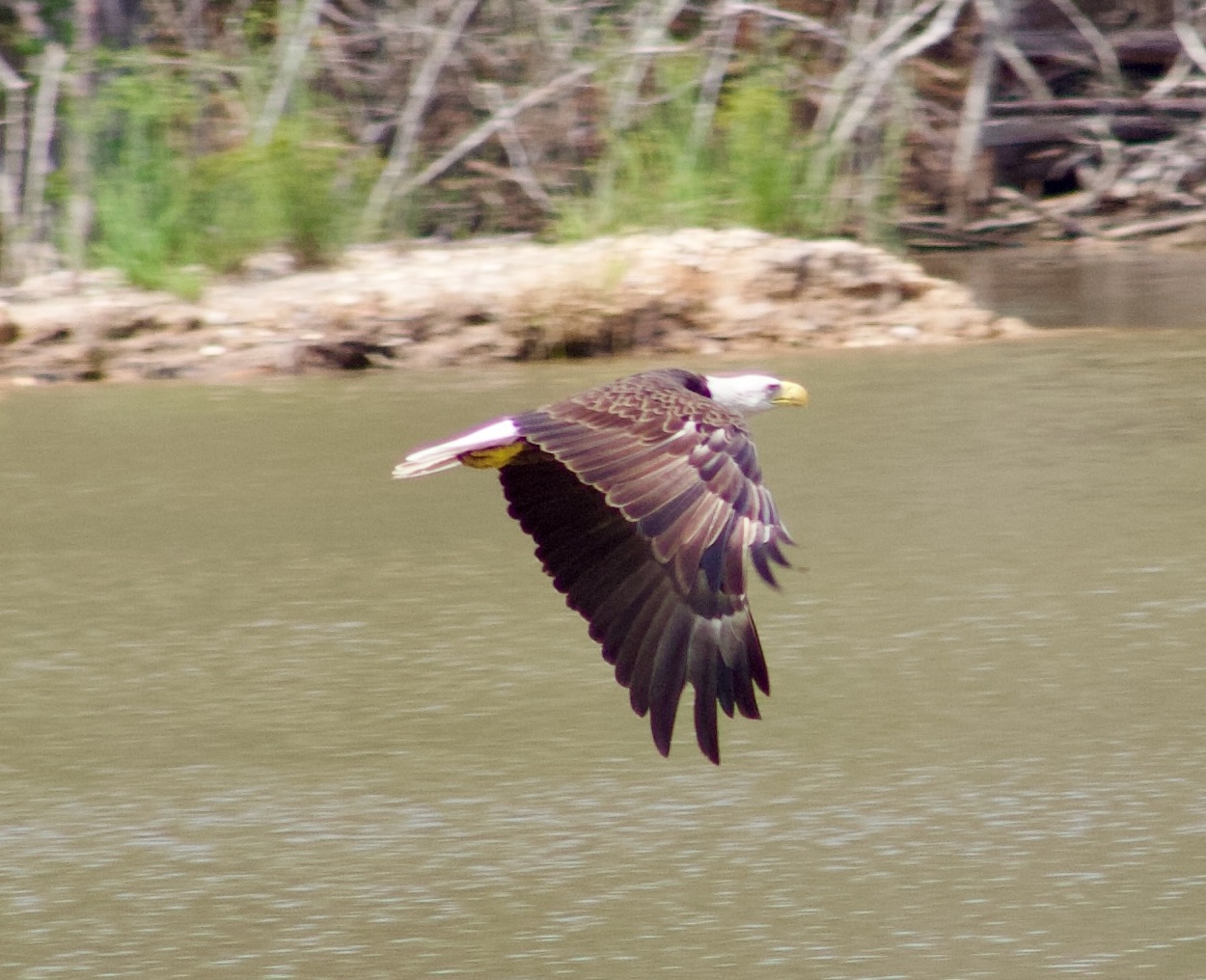On a warm Monday morning in April, a group of six Texas Master Naturalists from the Piney Wood Lakes chapter gathered together at the trailhead for the Big Sandy Trail in the Big Thicket National Preserve. The goal was to embark on a walkthrough for the Great Texas Wildlife Trails (GTWT) Adopt-A-Loop Project. Adopt-a-Loop (via iNaturalist) is a citizen science project by the Texas Parks and Wildlife Department and Texas Master Naturalists (TMN) to better understand the distribution of Texas’ wildlife. As part of that group, I was excited to be exploring this beautiful natural area with my fellow Master Naturalists.
The sun was already high in the sky when we started the hike. The trail was well-maintained, and the shade provided by the tall pines made the walk comfortable. We chatted and pointed out different plant and animal species as we went along, making notes and taking pictures for the project. The Big Sandy Trail is part of the Big Sandy Creek Unit in the preserve.
This was the first time I had visited the Big Thicket in years. I marveled at the natural area and was grateful for the effort that had been taken over the years to preserve it. The Big Thicket National Preserve is in southeast Texas and covers over 93,000 acres. It protects one of the most biologically diverse temperate areas in North America. The fight to protect this unique ecosystem and its past goes back more than 100 years.
Early Conservation Efforts
In the early 1900s, early naturalists like William Goodrich Jones began to notice how important the Big Thicket was for the environment. He wrote a lot about the huge variety of plants and animals in the area, which included over 1,500 plant species and 450 animal species. Jones called the Big Thicket “a place apart” because it has a strange mix of plants and animals from deciduous forests in the east, piney woods in the south, and coastal marshes. Even with these early reports, formal attempts to protect the area were just starting.
In the 1940s, groups like the Big Thicket Association, which was started by Bob Crosser, started working to legally protect the Big Thicket. Even though there was a lot of support, slowing things down were government red tape and rules about who could own land.
The Fight to Preserve the Big Thicket
It took people like Lloyd Benton and Nancy Baker Jones years and years of hard work. Baker Jones was “a force of nature” who wouldn’t give up. She went door-to-door to get people to sign petitions and wrote thousands of letters to officials and newspapers.
Scientists, people who work to protect the environment, and public leaders all met at conferences that Baker Jones set up. As a young reporter, Dan Rather went to one in 1961. He remembers that Baker Jones’s passionate speech made many people cry.
Conservationists also had to fight against people who wanted to cut down trees in the Big Thicket. Benton said that he had chained himself to trees to keep them from being cut down.

Establishing the National Reserve
Even though there were problems, people like Benton, Baker Jones, and Crosser kept working for change. Congress finally passed a law to create the Big Thicket National Preserve in 1974 and made it a reality. The goal was to “assure the preservation, conservation, and protection” of the area’s rich natural and cultural history. There were both public and private areas in the over 84,550-acre preserve. Studies found that the park had more than 1,500 types of plants, which shows how ecologically rich it is. The goal of the Adopt-A-Loop project is to help keep a continuous record of the changes in areas like the Big Thicket.
The National Park Service had to buy and take care of many small pieces of land. The Park Service tried to find a balance between preserving the Big Thicket’s wild, remote character and making it easy for people to visit and enjoy the park. This meant building trails and places for tourists to stop. The trailhead at the Big Sandy Trail includes a parking lot, several informational signs, a few picnic tables, and a restroom with a composting toilet.
Preserving the Diversity for Future Generations
Even though it took decades of hard work, the Big Thicket National Preserve is now seen as one of the natural wonders of the United States. The history and ecology of the area show how resilient nature is and how important it is to protect wild places for future generations. Today, we are still working to protect the Big Thicket for years to come by expanding the preserve and preserving the land that is already there.











